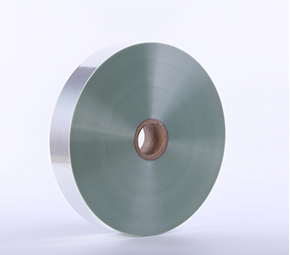 Lubricated 1100 Aluminum Foil for Airline Disposable Containers Lacquered
Lubricated 1100 Aluminum Foil for Airline Disposable Containers Lacquered
Aluminum foil has a wide range of uses, widely used in food, beverages, cigarettes, medicines, photographic substrates, household daily necessities, etc. it can also be used as decoration Gold and silver threads, wallpapers, various stationery printed matter and decoration trademarks of light industrial products. In the above-mentioned various applications, the surface of aluminum foil is generally required to be printed or laminated, so the surface wetting tension value is a very important technical indicator of aluminum foil, especially aluminum foil in H18 state (such as medicinal foil, battery foil)
The Influence of Lubrication on Dyne Value in Aluminum Foil Production
Wetting performance
The liquid contact angle is the angle θ between the horizontal line of the solid-liquid interface and the tangent line of the gas-liquid interface at the point where the gas, liquid, and solid three phases meet when a droplet is not fully spread out on the solid surface, which is called contact Horn.
The contact angle is used to judge the wetting of the liquid to the solid: when θ<90°, it is called wetting; when θ>90°, it is called non-wetting; when θ=0° or does not exist, it is called complete wetting; θ =180° is said to be completely non-wetting. θ=90° is the dividing line between wetting or not.
Since the oil on the surface of the aluminum foil cannot be completely removed, and the surface tension will be greatly affected when the surface wrinkles are not flat, it is not practical to directly measure the contact angle, so in the production practice, the dyne value is used to respond. The wetting ability, the higher the dyne value, the better the wetting performance, and vice versa, the worse the lubrication performance.
Dyne measurement
Dyne is a popular name. To be precise, it should be the surface tension coefficient. It mainly represents the size of the surface tension, that is, the force of mutual traction between two adjacent parts of the liquid surface per unit length. The unit of surface tension in the SI system is Newton/meter (N/m), but dyn/cm (dyn/cm) is still commonly used, 1dyn/cm=1mN/m. Generally, the wettability (dyne value) of the finished aluminum foil is required to be ≥32mN/m.
Jumbo Aluminum Foil Roll for Catering Aluminum foil is widely used in various fields due to its unique metal characteristics

.jpg)



